Key Takeaways:
- Acceptance rates at competitive colleges often sit between 2-6%.
- Applicants who show real impact impress the highly selective admissions committee more than those with scattered activities.
- An admission university's choice heavily depends on essays, recommendations, and personal experiences.
- Harvard, Caltech, Stanford, and MIT hold reputations as schools with some of the lowest university acceptance rates.
Imagine the weight of an application page glowing back at you, the kind that makes your palms sweat before you've even typed your name. High-achieving students feel this pressure every season, and for good reason. Ivy League schools now admit only 4% to 8% of applicants. That's a handful of seats for a stadium of hopefuls. Numbers like that turn ambition into anxiety, especially when essays pile up and deadlines blur together.
This article looks directly at the question so many applicants ask: What is the hardest college to get into? We'll break down the universities with the lowest acceptance rates and the toughest standards.
💬 Got Any Challenging Majors on Your List?
Got a list of your own? Share your toughest majors with our community of students! Whether facing challenges or simply curious about others’ experiences, this is the place to connect, learn, and support each other. Join the conversation now in our EssatPro Community and let’s compare notes!
In those overwhelming moments, it helps to know you're not carrying the whole thing alone. Platforms such as EssayPro can help students at every turn, even with something as specific as an expository essay writer when words won't land on the page.
What Makes a College Hard to Get Into?
Selective admissions carry the kind of weight that feels heavy in every applicant's mind. Any highly selective school builds its name by opening the door to only a fraction of those who knock and by holding its students to standards that leave little room for shortcuts.
Employers notice it too; certain names on a résumé signal a level of training that doesn't need extra explanation. Long before students graduate, the reputation of the institution walks into the room ahead of them. For many, that reputation is what turns an already difficult place into the dream they're chasing.
Every hardest university to get into in the USA earns that title with a mix of measurable, often unforgiving criteria. Applicants learn to watch these figures as if they were stock prices, because the difference between "accepted" and "denied" can hang on decimal points. And yes, it's the stuff that ends up in every late-night college meme shared between anxious friends.
- Acceptance Rate – A small percentage means thousands walk away empty-handed, while only a select group makes it through.
- Median SAT Scores – Some colleges require SAT scores to be higher than the middle range. Preparation needs to border on relentless.
- Median ACT Scores – A challenging college with sharp cutoffs here gives no space for casual test-taking. You hit the mark, or you don't.
10 Hardest Colleges to Get Into
The odds at these 10 schools barely leave room for breath. A few percentage points decide who gets in, and the test scores sit high enough to make even strong students hesitate. The table below lays out the 10 toughest colleges to get into for 2025–2026.
10 Most Competitive Colleges with Lowest Acceptance Rates
Thousands of students line up their applications every year and hope for the best. The hardest colleges to get into feel like gates into a different life that's guarded by reputations that stretch back centuries. Below are the institutions that define exclusivity in higher education.


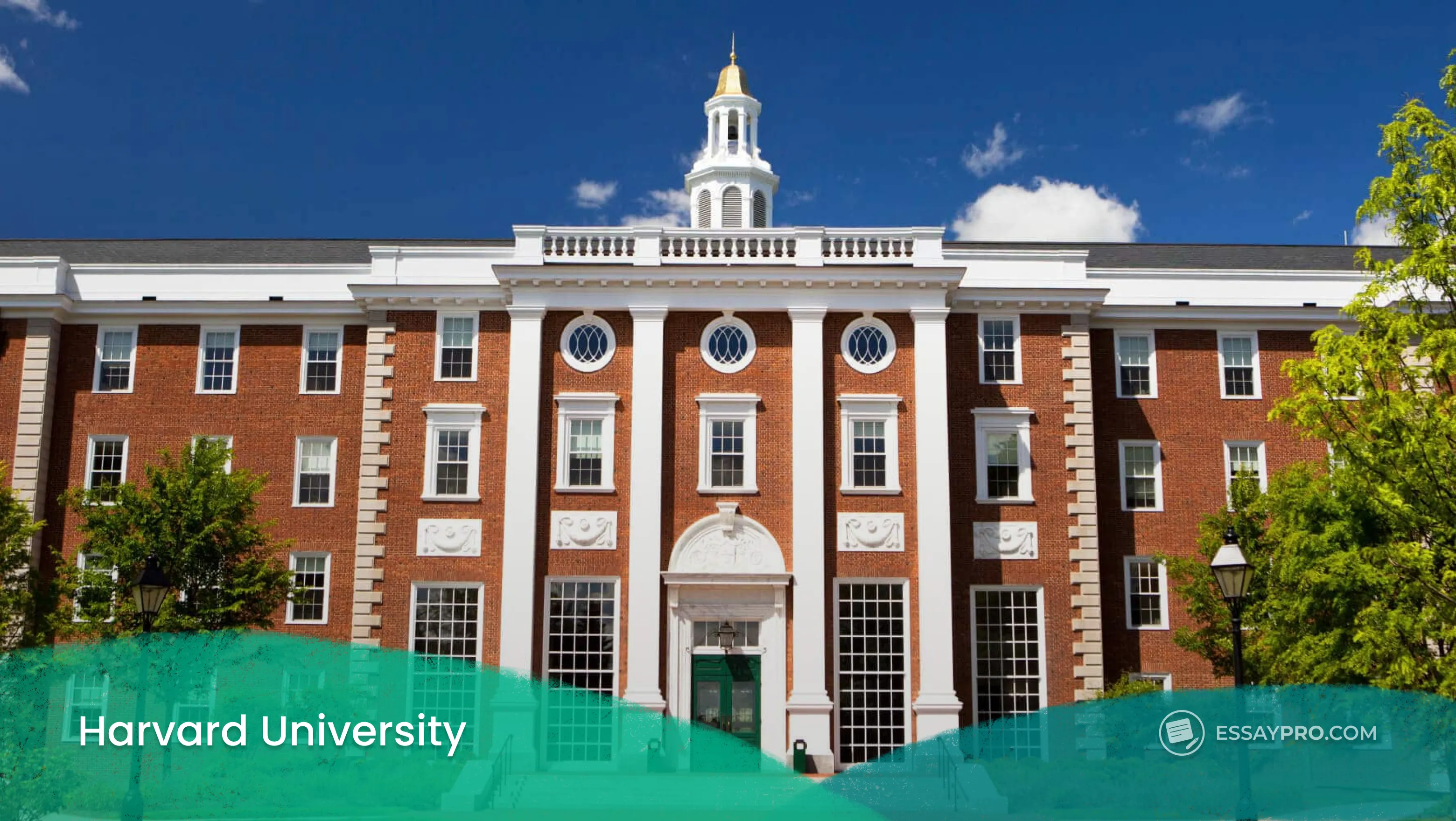
Harvard University
For many, Harvard is like a symbol, much like other Ivy League colleges. It definitely earns its label of the hardest college to get into for applicants with its 3-4% acceptance rate. Harvard University's prestige rests on centuries-long influence and a history tied to global leadership.
Its alumni network has left a mark on nearly all existing industries. Applications arrive polished to perfection, yet still most don't make the cut. The school looks for something harder to define: potential that can carry its name forward. That expectation makes the climb into Harvard as steep as it gets.

.webp)
California Institute of Technology (Caltech)
Caltech keeps its student body small, and that alone makes the odds brutal. With one of the lowest acceptance rates, where only 2–3% of applicants make it through, there really is no room for error.
Known as the hardest university to get into for future scientists and engineers, Caltech asks for more than test scores. It wants evidence of brilliance, raw problem-solving ability, and a mind already wired for discovery. Its prestige comes from faculty whose names echo in Nobel announcements and NASA projects.


Stanford University
Stanford carries a reputation that blends academic weight with Silicon Valley's restless energy. Roughly 4% of applicants find a place here, and every one of them has to prove more than academic strength. The school searches for visionaries, students who think in ways that break molds and build companies, movements, or technologies.
Its prestige is tied to entrepreneurship, but also to its sweeping influence across science, arts, and policy. Students apply knowing that joining Stanford means standing shoulder to shoulder with those already changing the world.

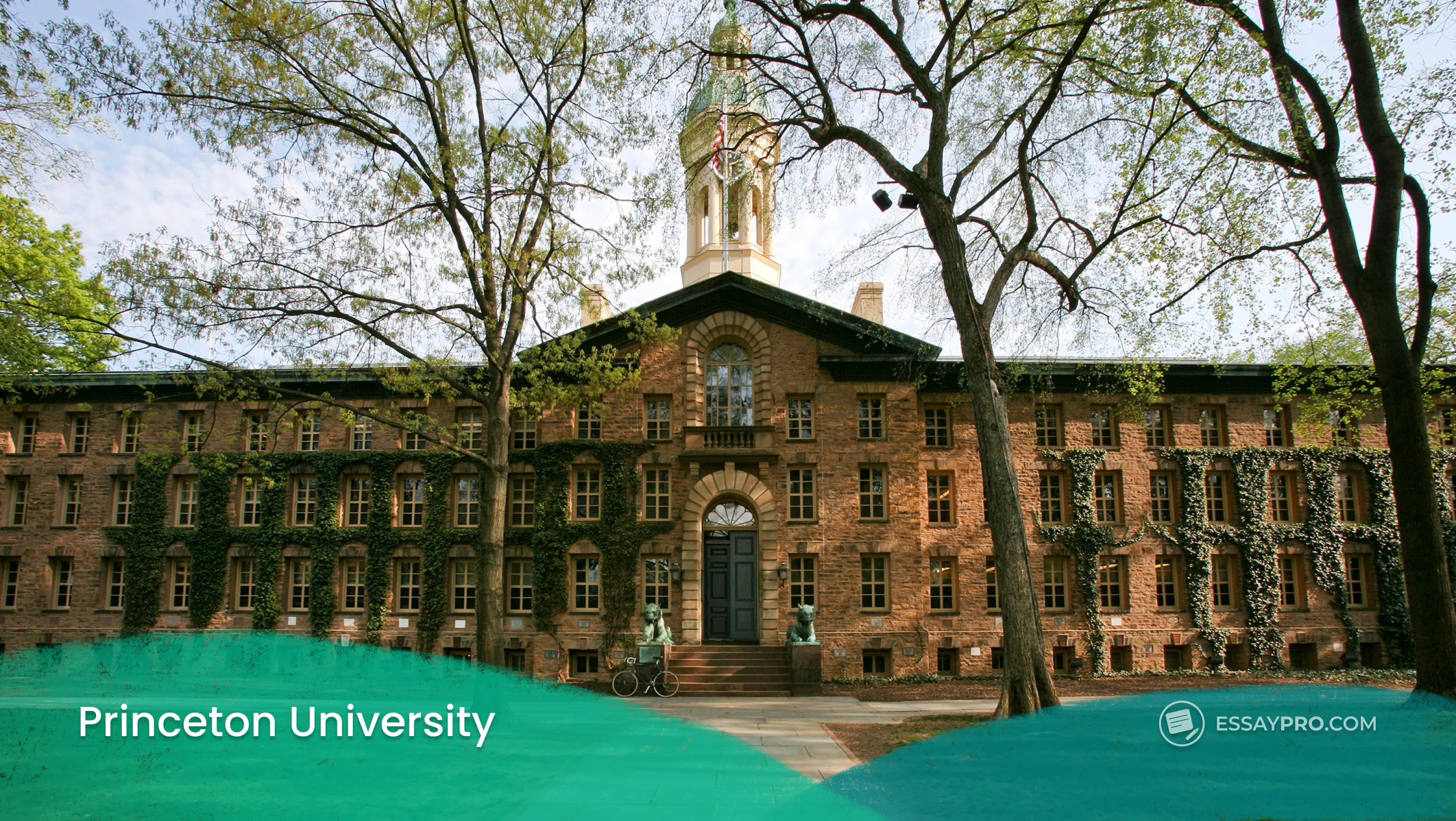
Princeton University
Princeton is one of the most selective colleges out there, and it wears its tradition openly, so the expectations are just as visible. Acceptance rates fall below 6%, and the applicants know the competition is relentless. The admissions team looks for signs of genuine thought, the kind of spark that can't be rehearsed.
The reward is entry into a community whose graduates leave lasting marks across different fields. For most who apply, the odds feel less like a chance at school and more like a gamble against history.

.webp)
Massachusetts Institute of Technology (MIT)
MIT doesn't just sit among prestigious colleges; it stands like a laboratory of global innovation. With an acceptance rate close to 4%, every applicant knows the odds before they hit submit. High scores are only the beginning. The school seeks inventors and builders who've already pushed their skills into projects that solve real problems.
MIT's prestige comes from breakthroughs in technology, economics, and physics, and from graduates who reshape entire industries. Admitted students walk into a culture where thinking differently is the baseline, and where every idea is measured against possibility.

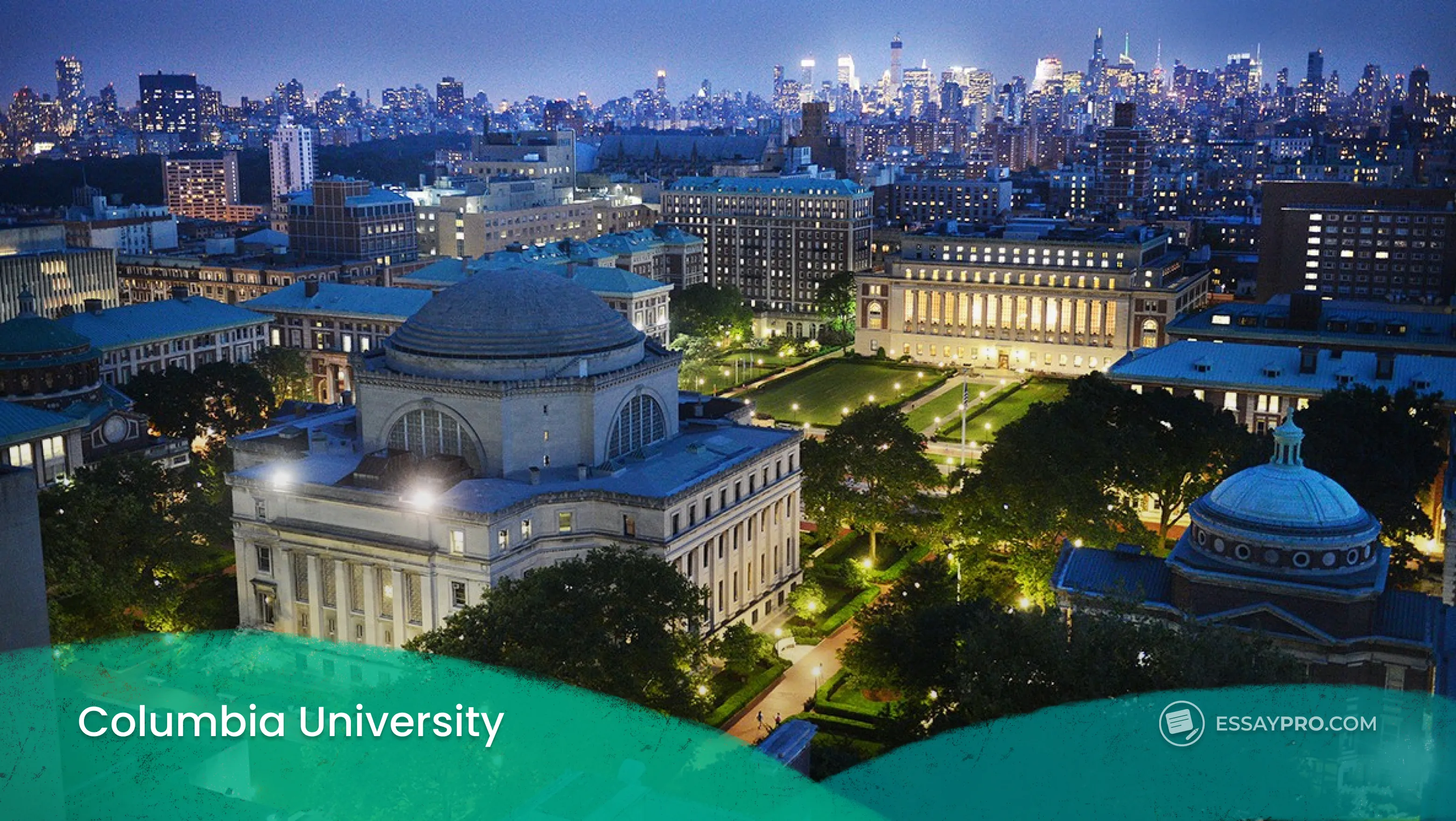
Columbia University
Columbia admits only around four percent of those who apply, a number that already tells you most of what you need to know. The Core Curriculum demands certain willpower: it forces students to stretch across disciplines rather than settle comfortably into one.
What often decides admission is curiosity that can hold under pressure and an ability to adapt to that breadth. For those who walk through its gates, the experience is like a springboard into every part of modern life.

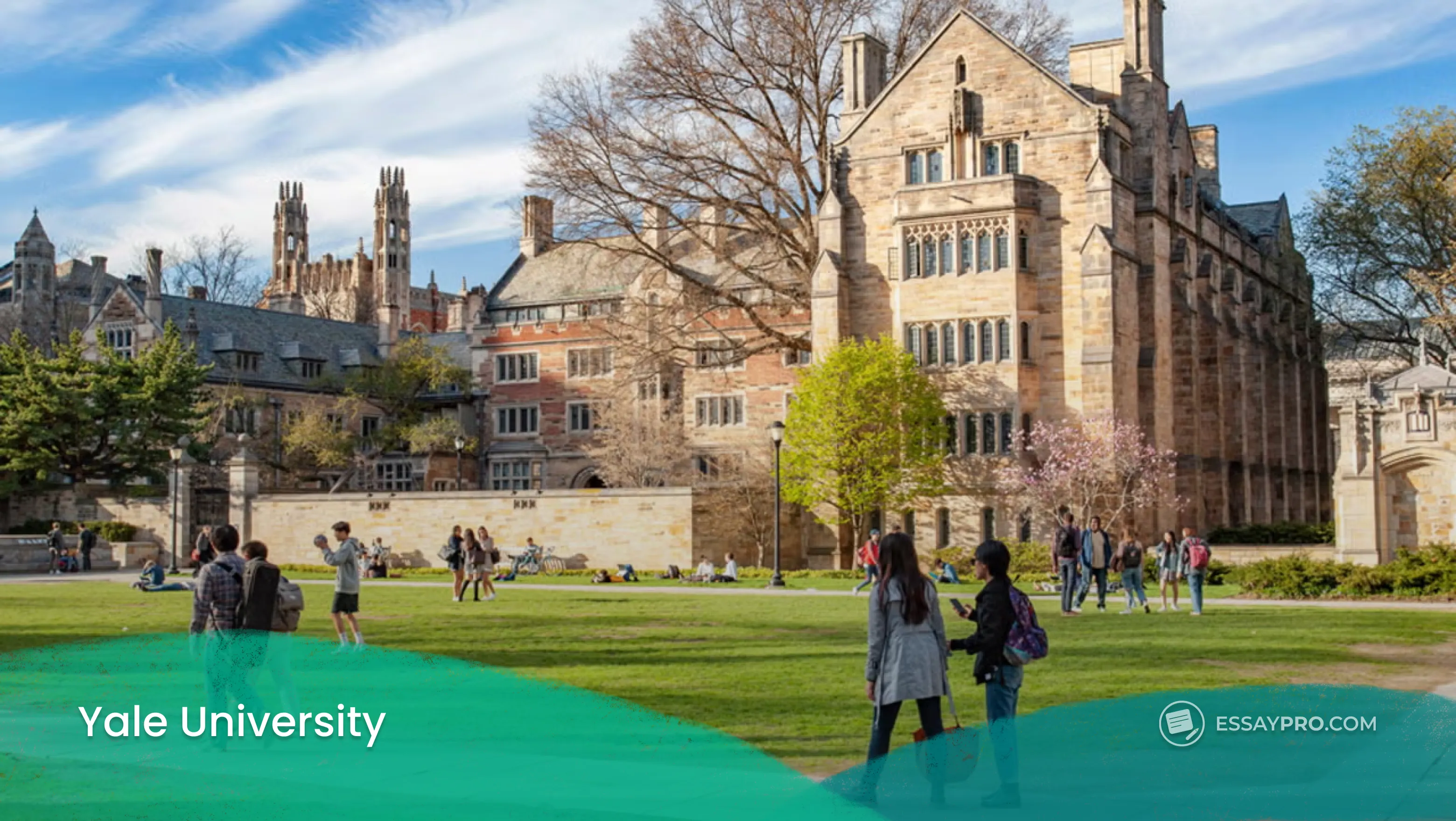
Yale University
Yale accepts fewer than five percent, and its reputation makes every application feel heavier. Numbers matter, but they do not carry the day.
The admissions officers look for signs that a student can bring something bigger: the impulse to lead, to create, to change public life... The legacy already speaks for itself, written in the careers of presidents and judges. The path in is narrow, and that narrowness fuels its enduring name.

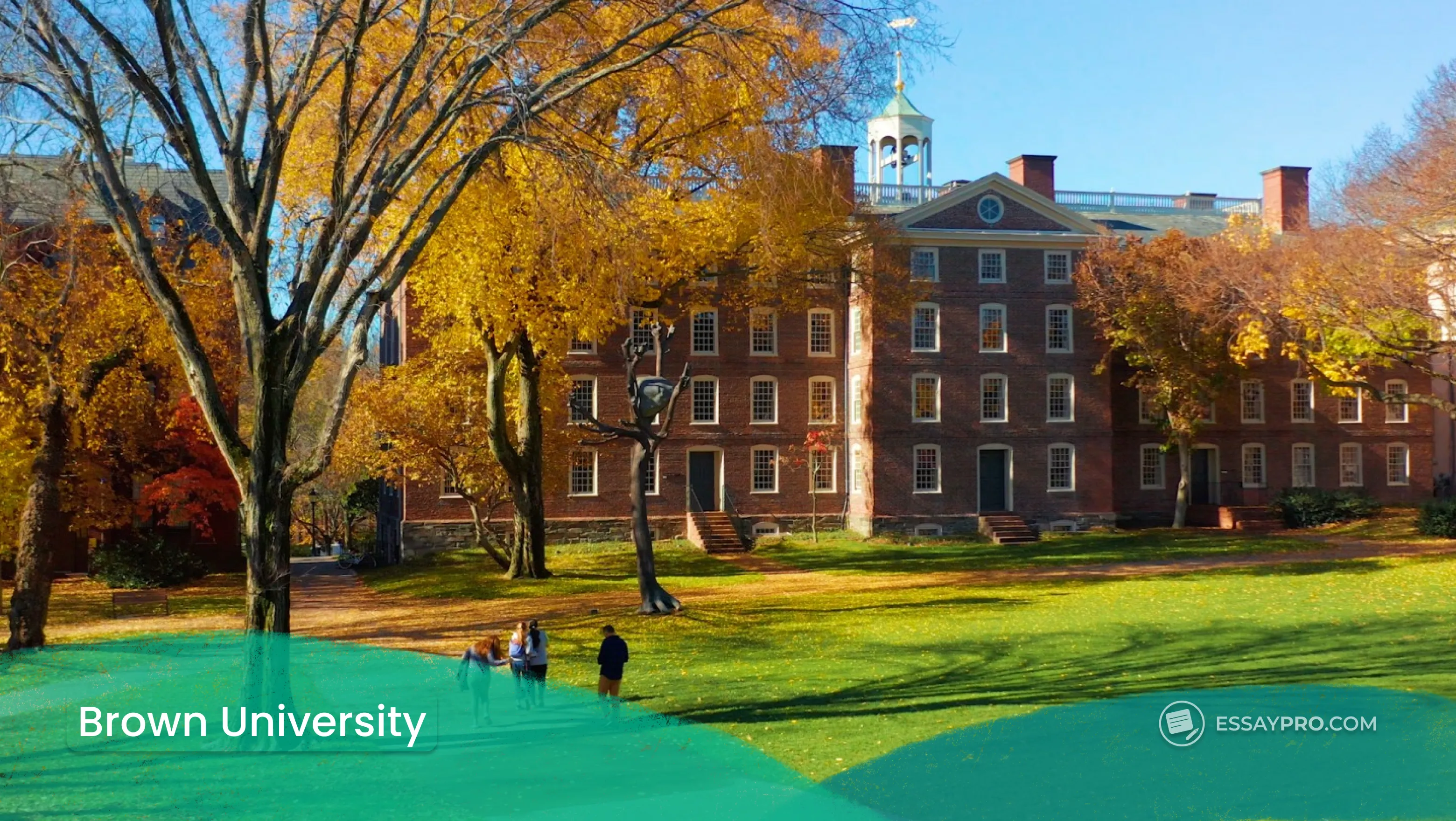
Brown University
Many students who are asking ‘whats the hardest college to get into’ include Brown in the conversation. This college admits about five percent, yet the demand to study there never eases. Much of its draw comes from the Open Curriculum, a framework that hands students unusual freedom in designing their higher education.
That freedom isn't simple; it requires independence, self-direction, and purpose that must be visible before admission. The prestige comes from the culture that grows out of this independence, a tradition that values new ways of learning as much as the content itself. Students who make it through are not just accepted but recognized for their ability to chart their own course.


University of Chicago
Chicago sets its own rhythm, one that doesn't soften for the sake of comfort. The admit rate sits just above five percent, and those who are chosen have to prove they can think with depth and originality.
The university is known for reshaping economics, law, and science, but its identity is even more tied to the habit of asking difficult questions. The application essays dare students to reveal how their minds work when pressed. Students who lean into this intensity are the very ones who thrive at Chicago.


University of Pennsylvania
Penn admits fewer than six percent of those who apply, a number that leaves little room for chance. The university has built its reputation on a mix of liberal arts and professional programs, each feeding into the other.
Applicants arrive with high scores, but what sets them apart is the evidence of their accomplishments: projects they've started, risks they've taken, etc. Those who make it in find themselves in a setting where history and innovation don't sit in separate corners but move together, opening doors into industries far beyond Philadelphia.

Tips for Getting Into the Most Selective Schools
When you're aiming at the hardest colleges to get into for students, the usual advice doesn't stretch far enough. What separates one file from another is how the story reads when all the pieces come together.
- Show consistency in your academic story. Let the focus of whatever subject you've spent years digging into shine through. Admissions officers notice consistency because it points to genuine interest rather than surface-level involvement.
- Use your essay to reveal your thinking. Students often worry about how long should a college essay be and what achievements they should list, but these alone won't save an empty writing. What matters is whether the writing feels alive. A single well-told story carries more weight than pages of broad claims.
- Build relationships with recommenders early. Teachers who know you well can write with detail that no résumé bullet point can match. The best letters come from personal relationships built over time, not last-minute requests. A counselor help guide can also give you advice on how to build your applications according to the school’s expectations.
- Treat interviews as conversations. The person across the table isn't expecting rehearsed lines. They want to hear how you think aloud and how you might contribute to a campus where dialogue matters.
- Show impact in your extracurriculars. Not the sheer number of activities, but the depth of what you did with them.
Wrapping Up
The college admissions process in a highly selective university is an exercise in patience and precision. Those very low acceptance rates reflect the fact that these schools hand-pick their communities. For prospective students, getting selective college offers is less about being perfect and more about being clear: showing who you are and how you'll add to that environment.
The writing side of the college application process has a way of piling up when regular schoolwork is already pressing. EssayPro steps in as a kind of backup when everything starts to get more overwhelming than usual: you can ask our writers to help you create different papers or buy descriptive essay samples that show how structured work should look.
FAQ
What Is the Hardest College to Get Into?
The hardest college to get into in the US is often considered Caltech (California Institute of Technology). With an acceptance rate hovering around 2–3%, it admits only a handful of the most academically gifted applicants each year.
What Is the Hardest College to Get Into in the World?
Globally, the title often shifts depending on criteria, but Tsinghua University in China and the University of Oxford in the United Kingdom are recognized for their extreme competitiveness. Tsinghua admits less than 2% of applicants, while Oxford requires both exceptional grades and performance on rigorous entrance exams and interviews.
What Is the Most Prestigious College in the World?
Harvard University consistently ranks at the top as the most prestigious college in the world. Its legacy of producing Nobel laureates and heads of state gives it unmatched influence.

Ana Ratishvili
Ana is a professional literary writer with a Master’s Degree in English literature. Through critical analysis and an understanding of storytelling techniques, she can craft insightful guides on how to write literary analysis essays and their structures so students can improve their writing skills.
- National Center for Education Statistics. (2025). National Center for Education Statistics (NCES) Home Page, part of the U.S. Department of Education. Ed.gov; National Center for Education Statistics. https://nces.ed.gov/
- Data USA. (2022). Datausa.io. https://datausa.io/
- US News. (2024). U.S. News & World Report: News, Rankings and Analysis on Politics, Education, Healthcare and More. Usnews.com. https://www.usnews.com/



 (1).webp)
.png)


